The 2nd Cuban Missile Crisis you didn’t know about
- By Alex Hollings
Share This Article
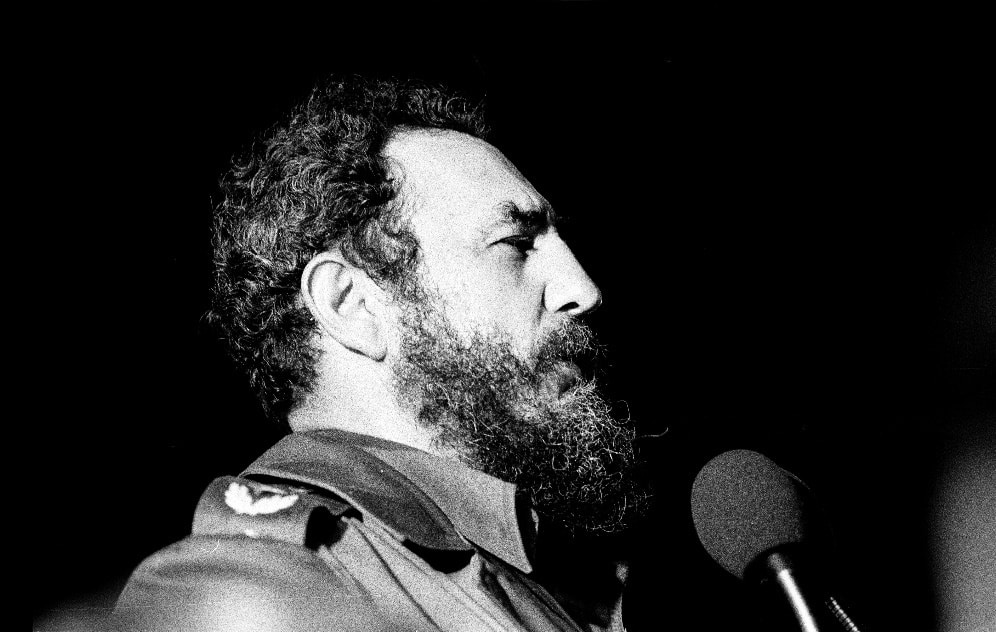
Today, we remember 1962’s Cuban Missile Crisis as a short-lived standoff between the United States and its superpower rival Soviet Union. The international staring contest played out on the high seas of the Atlantic and on the shores of Fidel Castro’s Cuba, but once the drama subsided and the world’s attention passed, a chilling nuclear secret remained.
According to most history books, the crisis ended on or around October 29 of 1962, after Kennedy and the Soviet leader Nikita Khrushchev managed to negotiate a peaceful conclusion. Unbeknownst to Kennedy and the American intelligence community, however, the Soviet Union had already successfully smuggled one hundred nuclear weapons into Cuba, and for a time after the negotiations were over, Khrushchev intended to simply give them to Castro.
The first Cuban Missile Crisis
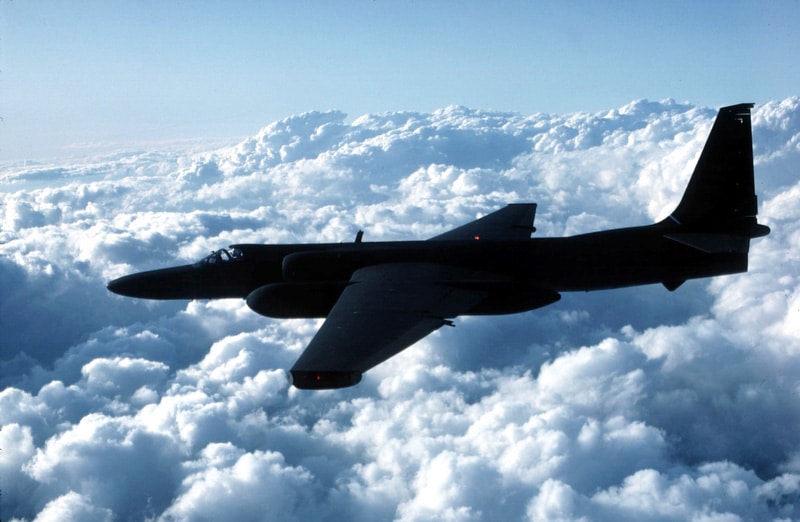
On October 14, 1962, the crisis to come was first spurred by a reconnaissance flight over Cuba. Flying 70,000 feet above the earth’s surface, Major Richard Heyser passed over the small island nation with his U-2’s high-powered cameras running. Upon his return, intelligence teams poured over the images and made a horrifying discovery: a Soviet SS-4 medium-range nuclear-capable ballistic missile being assembled on Cuban soil.

Castro, who seized power over Cuba just three years earlier, had quickly aligned himself with the Soviet Union, positioning his small nation as the perfect site to launch a Soviet nuclear first-strike. Because of the short distance between Cuba and the United States, it would be nearly impossible to detect an inbound nuclear missile before it was too late. Soviet nukes launched from Cuban shores would almost certainly find their targets before the United States was able to mount a response, potentially limiting, slowing, or even preventing America’s ability to fire its own weapons in return.

Related: What exactly is America’s nuclear triad?
In other words, the Soviets found a way to skew the scales of “mutually assured destruction” in their favor by placing weapons in Cuba–something the United States had done as well, placing its own nuclear weapons in nations like Turkey. For both countries, these weapons represented too severe a threat to go unaddressed, and for weeks that followed, Kennedy and Khrushchev would find themselves in the difficult position of needing to face this looming threat head-on without showing weakness or allowing relations to devolve into war.
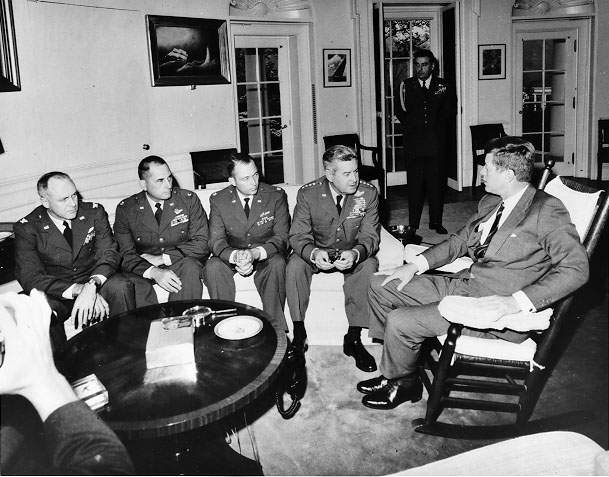
The U.S. Navy quickly established a blockade meant to prevent any further weapons or equipment from reaching Cuba, and on October 24, as Soviet ships approached on the horizon, the whole world waited and watched. If the Soviet vessels attempted to run the blockade, the American ships would open fire. The spark of such a battle could have been enough to ignite the Cold War and turn it hot. Without exaggeration, this face-off had the potential to end the world as we knew it. Fortunately, the Soviets didn’t make any such attempts to run the blockade, and within days, Kennedy and Khrushchev would stop the conflict before it could start.
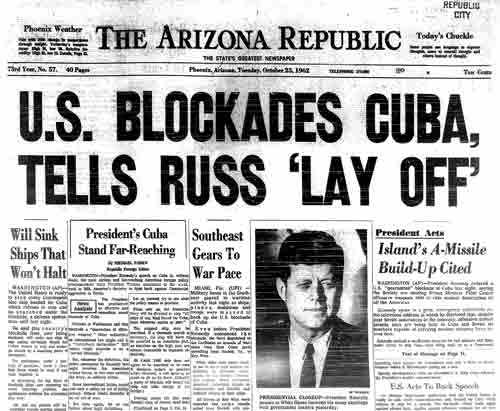
But the threat hadn’t actually passed. Sure, the Soviets had agreed to remove their missile hardware, but because America was unaware of the nuclear weapons already on Cuban soil, Kennedy didn’t demand their removal.
There were still 100 Soviet nukes in Cuba when the standoff ended
Throughout the negotiations between Kennedy and Khrushchev, Cuba’s Castro was notably absent from the discussion, wounding the revolutionary’s ego and complicating his relationship with the Soviet Union. And although Khrushchev’s negotiations had prevented the United States from invading Cuba and deposing its leader, Castro felt so slighted that the Soviets began looking for ways to appease him.

That wasn’t their only problem, however. Because the United States was not aware of the nuclear stockpile already hidden on Cuban soil, the Soviets had to decide what they would do with them. Included in the Cuban nuclear stockpile were 80 nuclear-armed front cruise missiles (FKRs), 12 nuclear warheads for dual-use Luna short-range rockets, and 6 nuclear bombs for IL-28 bombers.
The Americans had managed to miss the weapons coming into Cuba, but Khrushchev worried it would be pushing his luck to think he could sneak them back out without detection. If the United States were to learn that the Soviets had lied about housing nukes in Cuba, all those weeks of negotiations would be for nothing, and the two superpowers would find themselves once again locking nuclear horns. Khrushchev didn’t want that any more than Kennedy.

So, if sneaking the weapons out of Cuba could potentially turn the Cold War hot, Khrushchev decided to just leave the weapons with Castro. Not only would that alleviate concerns about shipping the weapons back to the Soviet Union, it would also give Castro a massive amount of military and strategic power–something that was sure to appease the wounded dictator.
So Khrushchev sent his number two in command, Anastas Mikoyan (whose official title was actually the First Deputy Chairman of the Council of Ministers of the Soviet Union) to calm Castro down and deliver the good news.
The second Cuban Missile Crisis

Mikoyan arrived in Cuba on November 2, 1962, five days after the world believed the Cuban Missile Crisis had come to a peaceful end.
He knew the Soviet Union wanted to maintain strong ties with Cuba. A friendly government so close to American shores could pay off in countless ways if war were ever to break out, so the experienced statesman planned to spend a few weeks working with Castro and appeasing his damaged ego. At the conclusion of their time together, he’d announce the Soviet plan to gift the weapons to Cuba, allowing him to return to the Kremlin on a wave of Castro’s goodwill.
All he needed for his plan to work was a bit of time, and a competent, stable leader to award the nuclear weapons to. Unfortunately for Mikoyan, he’d only find one of those things in Cuba.

For weeks, Mikoyan followed Castro around, listening to him lament about how the Soviet Union had “sold Cuba’s defense down the river.” He watched as the Cuban leader grew outraged by American reconnaissance aircraft flying over his island country–no doubt looking for any other sign of nuclear weapons. Mikoyan, who was well versed in the policies of his enemies in America, knew the U.S. defenses would remain at Defcon 2, only one step away from nuclear war, until at least November 20.
As a result, when he heard Castro order his anti-aircraft defenses to shoot down any American aircraft they saw, Mikoyan recognized the Cuban leader’s behavior as too aggressive, even by Soviet standards. If Castro were to successfully shoot down an American aircraft while the nation was already at Defcon 2, nuclear war could quickly follow. Worse still, once the Soviets gave Castro one hundred nuclear weapons, there was no telling how long it would be before Castro’s temper might get the best of him. A nuclear first strike from Cuban soil would almost certainly be seen as a Soviet offensive, prompting a commensurate nuclear response.

To make matters worse, Castro ordered Cuba’s representative at the United Nations to tell the world Cuba possessed a stockpile of tactical nuclear weapons, each far more powerful than the bombs dropped on Hiroshima and Nagasaki.
As far as Mikoyan was concerned, that was the last straw. He needed to get the nuclear weapons out of Cuba and away from Castro, but that made his mission to Cuba even more challenging. When he arrived, Mikoyan believed gifting the nukes to Castro would end the tensions between the Soviet Union and Cuba… but now he had to find a way to appease Castro and save the world from nuclear destruction.
The second Cuban missile crisis had begun.
An imaginary law that may have saved the world

On November 22, twenty days after first arriving in Cuba, Mikoyan had to break the news. But before he could even broach the subject, a furious Castro told him that American President John F. Kennedy had just announced that all nuclear weapons had been removed from Cuba, degrading Cuba’s burgeoning reputation as a nuclear power.
Mikoyan was prepared for this line of questioning, telling Castro that the Americans didn’t even know about the tactical nukes he was in possession of. As such, Mikoyan also made it clear that the Soviet Union was not being pressured by the United States to remove the nuclear weapons, dismissing the idea that the mighty Soviets had backed down.

For four long hours, Castro grilled Mikoyan–accusing the Soviets of failing to effectively camouflage the missiles as they were being deployed and for failing to shoot down American spy planes watching overhead. The Cuban dictator exclaimed that Cuba was ready to die with the Soviet Union in a nuclear war with the United States, and he expected the Soviets to reciprocate that.
“What do you think we are? A zero on the left, a dirty rag. We tried to help the Soviet Union to get out of a difficult situation,” Castro reportedly told Mikoyan.
As the conversation wore on, Castro shifted away from outrage and toward bargaining. He emphasized the fact that the Americans didn’t know about the weapons and that they weren’t included in the official negotiations between the Kremlin and Washington.
When bargaining failed, he tried pity–explaining that the Cuban defensive position was more precarious than ever as a result of this nuclear boondoggle. Castro claimed that he now needed the nukes to stave off American aggression and a potential invasion. Of course, how he could both keep the weapons hidden from America while simultaneously using them for deterrence was a detail Castro didn’t address.

Finally, Mikoyan had heard enough. In order to get the nuclear weapons out of Cuba, he told Castro leaving them there would violate a Soviet law barring the nation from gifting nuclear weapons to other countries. It was a huge gamble: there was no such law, and Mikoyan was quickly running out of excuses.
Still undeterred, Castro countered, “So you have a law that prohibits the transfer of tactical nuclear weapons to other countries? It’s a pity. And when are you going to repeal that law?”
In response, all Mikoyan could say was, “We will see.”
The following month, all one hundred nuclear weapons were crated up and shipped back to the Soviet Union. America had survived its second Cuban missile crisis, but wouldn’t know it for decades to come.
Read more from Sandboxx News:
- Invading Grenada: Operation Urgent Fury
- How Colombia’s drug cartels almost bought a Soviet submarine
- America had a secret Space Force in the 1980s
- That time the United States invaded Russia
- The Soviets crashed into the moon while Apollo 11 was on it
This article was originally published 4/7/2021
Related Posts
Sandboxx News Merch
-

‘AirPower’ Classic Hoodie
$46.00 – $48.00 Select options This product has multiple variants. The options may be chosen on the product page -

‘Sandboxx News’ Trucker Cap
$27.00 Select options This product has multiple variants. The options may be chosen on the product page -

F-35 ‘Lightning’ Framed Poster
$45.00 – $111.00 Select options This product has multiple variants. The options may be chosen on the product page

Alex Hollings
Alex Hollings is a writer, dad, and Marine veteran.
Related to: Military History

How US Special Forces took on Wagner Group mercenaries in an intense 4-hour battle
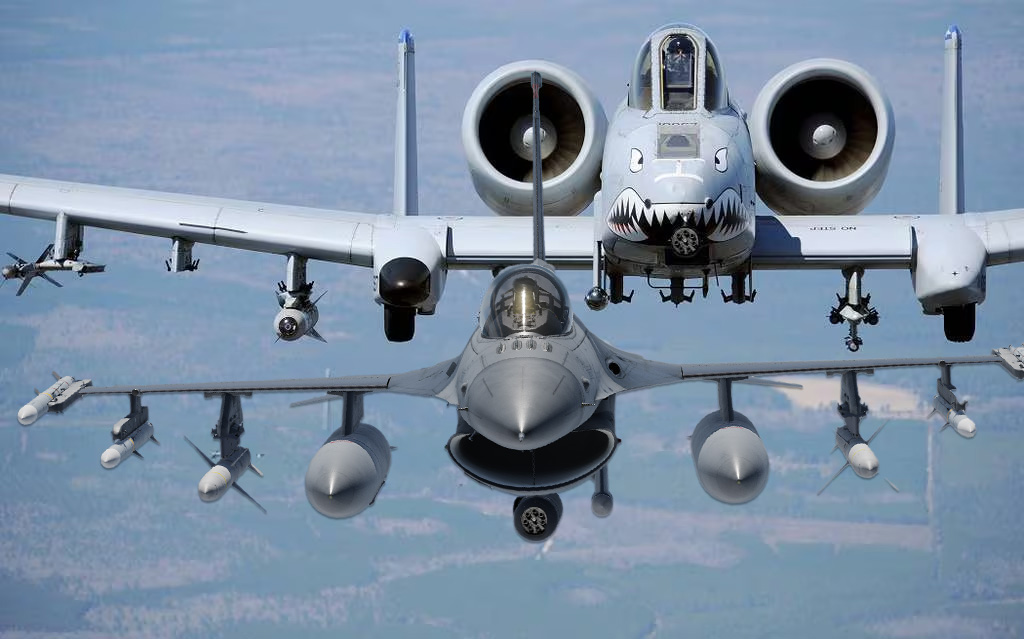
F-16s carrying the A-10’s 30mm cannon actually saw combat
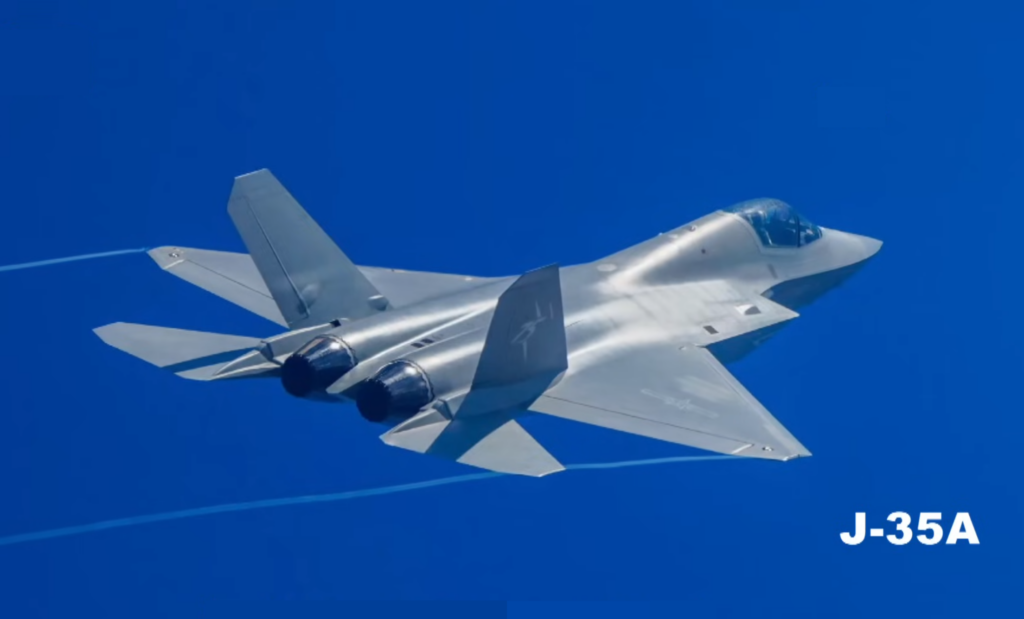
How does China’s new J-35 stealth fighter compare to America’s F-35?

Why China’s new J-35 jet could mean trouble for America
Sandboxx News
-

‘Sandboxx News’ Trucker Cap
$27.00 Select options This product has multiple variants. The options may be chosen on the product page -

‘AirPower’ Classic Hoodie
$46.00 – $48.00 Select options This product has multiple variants. The options may be chosen on the product page -

‘AirPower’ Golf Rope Hat
$31.00 Select options This product has multiple variants. The options may be chosen on the product page -

‘Sandboxx News’ Dad Hat
$27.00 Select options This product has multiple variants. The options may be chosen on the product page
